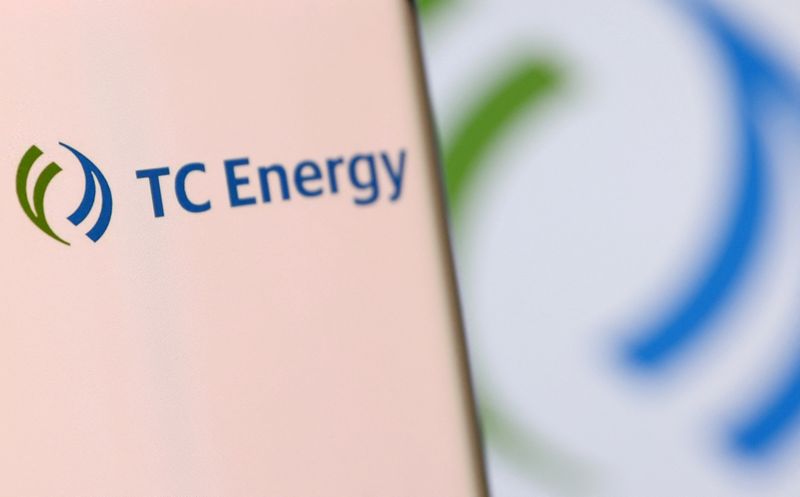(Reuters) -Canada's TC Energy (NYSE:TRP) Corp shut its Keystone pipeline in the United States after more than 14,000 barrels of crude oil spilled into a creek in Kansas, the largest crude spill in the United States in nearly a decade.
The 622,000 barrel-per-day pipeline is a critical artery shipping heavy Canadian crude from Alberta to refiners in the U.S. Midwest and the Gulf Coast. It is unclear how long the closure will last.
There have been several spills on the line since it began operating in 2010. The following is a timeline of some of Keystone's biggest oil spills, along with recent other spills of crude, both onshore and offshore.
2011
May: TC shut the pipeline for six days after a spill of about 500 barrels of oil due to a failed fitting at a North Dakota pumping station.
2016
April: TC shut down the pipeline after about 400 barrels of oil leaked in Hutchinson County, South Dakota.
2017
November: TC shut part of the Keystone pipeline system after a leak in South Dakota, caused by mechanical damage from original construction. Originally pegged at 5,000 barrels, a TC spokesperson later put the estimate at about 9,700 barrels.
2019
February: Portions of the Keystone pipeline were shut down after 42 barrels of oil leaked on land in rural St. Charles County, Missouri.
October: An estimated 9,120 barrels of oil spilled in North Dakota. U.S. Pipeline and Hazardous Materials Safety Administration data shows the spill at roughly 4,500 barrels.
OTHER ONSHORE SPILLS:
Since 2010 there have been two spills of crude oil larger than this most recent Keystone spill. In August 2010, an Enbridge (NYSE:ENB) pipeline leaked more than 20,000 barrels of oil into the Kalamazoo River in Michigan.
In October 2013, more than 20,000 barrels of oil spilled from a Tesoro pipeline in North Dakota.
OFFSHORE DISASTERS:
Onshore spills are usually far smaller than offshore spills, which spread more quickly in water. BP (NYSE:BP)'s 2010 Deepwater Horizon oil spill spewed more than 4 million barrels offshore Gulf of Mexico, while the Exxon (NYSE:XOM) Valdez accident of 1989 spilled about 260,000 barrels in Alaska's Prince William Sound.
The largest spill in history happened during the 1991 Gulf War when Iraqi forces released an estimated 4 million barrels into the Persian Gulf.
